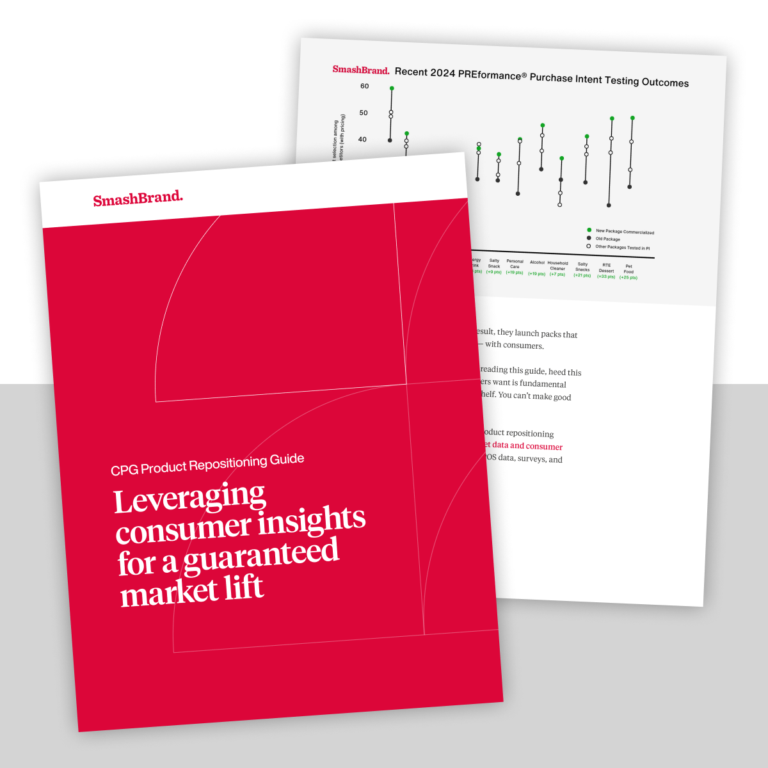Despite efforts from the opposition, water bottles are here to stay. What will change, however, is how we market bottled water. Enemies of water created waves crashing upon the opinions of consumers, requiring bottled water branding strategies that bring calm to the tide.
The bottled water business must consider what society thinks about the manufacturing, marketing, and disposal of plastic bottles. Being inconsiderate of these points is trending backwards away from consumer expectations.
But we met the need of calm with a desire to entice. How can your product in this most basic beverage business seem unique and identifiable? A bottled water company must ask these questions if they hope to succeed at long-term brand recognition.
Water: A Basic Human Need
The human need for water is as old as time, and fortunately for most, access to clean drinking water has been readily available for the last few generations.
In the early 1900s, the U.S. began disinfecting its tap water. For a while, people were content with drinking tap water, but as health concerns about the safety of municipal water, we needed an alternative source. New emerging brands began marketing against this growing fear of toxic water.
Bottled water brands emerged as a safe, but pricy, alternative to tap water. Those who had the financial means for such luxury happily paid the price for reinsurance.
Thus, as time went on, the bottled water market increased in market saturation. What started as several spring and mineral water brands became a thriving hydration market. For every water brand that failed because of insufficient bottled water sales, two new brands emerged.
Who knew that drinking water would turn into the complicated and competitive bottled water industry? After all, while brands of drinking water may use different natural spring sources or infused with certain vitamins or flavors, let’s face it: water is water.
The primary aim of water is simple: to keep us alive. Except for providing clean water to underserved communities, it is doubtful that “water sustains life” is a standard component of any water companies’ business plan or brand strategy.
Regardless, it appears as though the bottled water trend will not vanish soon. If you plan to enter this market, prepare to deliver a unique and engaging bottled water brand unafraid of the competition. It is going to take an effective strategy and military-like execution to penetrate this market.
Water Bottle Branding Strategies
The global bottled water market has seen astonishing trends emerge in recent years. This article will not cover the outliers in unique but unsuccessful water marketing strategies. While those are fun visuals to enjoy, this article focuses on strategies to increase brand awareness and purchase intent.
Singularity of Source
One of the biggest trademarks of major bottled water brands is their source. Evian comes from the Alps, appealing to cultured consumers wanting a European taste. Arrowhead comes from the California mountains, offering a “local” but equally fresh yet easier on the wallet alternative to Evian.
Most bottled water brands boast of a pure source evoking images of exotic locations. Therefore, emerging brands should choose their source wisely, and, if possible, select a unique one.
A Natural Appeal
We understand water to be natural, even though bottled water products go through chemical alterations. Representing this chemical process in your brand strategy won’t result in higher revenues. Therefore, consider ways that your product can stand out with a natural appeal.
Added Benefits
Plain old drinking water, despite being humankind’s loyal friend for the entire existence of our species, has become, frankly, quite boring. Today, many consumers leave plain water at the wayside for exciting water alternatives that include a little something extra.
This can be as flavors, vitamins, carbonation or even colors. In addition, don’t underestimate the power of today’s health-conscious back-to-the-roots organic trend. Coconut water, watermelon water, maple water and artichoke water are a few examples of bottled water speaking to a specific target market.
Water that offers unique health benefits has a special place in the hearts of consumers focused on healthy living. If your brand goes this direction, make sure that your brand can back up its claims with cold, hard scientific facts.
Environmental Friendliness
In recent years, boxed water has hit the markets as a new trend in bottled water branding. Water in recycled cardboard boxes appeals to environmentally conscious consumers. The water itself might be nothing special, but the packaging sets it apart from the rest and creates a unique brand identity.
Of course, by taking such a packaging risk, you chance alienating your consumers by not immediately conveying your product. There’s also the risk of familiarity. Bottled water consumers are so attached to their bottles that a carton simply won’t cut it.
The “Charity: Water,” Effect
It’s both surprising and saddening that pure water free from contaminants is not available worldwide. But the fact remains that there are populations suffering from water spread diseases and water brands can help. What started as a mission for the non-profit Charity: Brand is now a cause the entire world supports.
How can your brand get involved in this public health crisis?
Social Proof
They are called influencers for a reason. We find it surprising how water brands have yet to embrace an influencer marketing campaign. Yes, several brands do this on a celebrity level, but what about the influencer that hits your exact customer profile?
Through endorsements and sponsorships, you can reach potential customers by partnering with highly influential individuals that speak to your target market.
Water Bottle Shape
Unique water bottle shapes can either be a waste of money or worthwhile investment. The question to ask is “how can my bottle shape solve a problem”. Is your bottle easier to grip, harder to slip, and fit for where it sits?
Just as how boxed water solved the plastic haters problem, look at ways that you can reshape the bottled water industry with your product packaging.
Water Bottle Label
Kids are a fantastic example of how bad most water bottle labels are. By aggressively peeling off the label, they would rather have left over adhesive glue, be what we visibly see on Nestlé Waters’ bottle. Interestingly, how many torn labels do you see with Fiji Water? Few…
A water bottle brand’s logo, messaging, and design shouldn’t go without heavy testing for consumer engagement. Subjectivity in a bottled water companies logo and label design leads to children shredding and adults ignoring your packaging design.
Water Bottle Advertising
“Ok everyone, sit down please…it’s time to create our bottled water marketing strategy. How can we create a water bottle advertising campaign that has such a strong brand recall so that they instantaneously identify our product on the shelf? Who has some ideas?”
Water advertising is some of the best in the business. Bottled water advertising campaigns feature remote locations, beautiful people, and water consumption that makes it look like Holy Water.
When your team considers how to approach a bottled water advertisement campaign, don’t look at examples of visual stimulus. Instead, look to underserved demographics. Be it practical, emotional, or experiential, solve problems and enhance feelings of wellbeing in your bottled water packaging design. Testing various design concepts is the best path forward and doesn’t cost much. I mean, you can even use an AI image generator to quickly assess what works and doesn’t on social media. Track your metrics and see which performs best, then pass along the general concept to your brand designer and use the theme in your paid campaigns.
Water Bottle Branding Tips to Take Home
What the bottled water market teaches us is the importance of branding. When marketing products that are essentially identical in all ways except branding, how do consumers decide which brands take the cake?
Besides considering a unique source, added infusions and environmental concern, emerging bottled water companies should consider how consumers will relate to their product. Is their product suitable for fine dining? What about athletics? On-the-go parents or busy executives?
For the next big bottled water brand, the possibilities are nearly endless, but undoubtedly, successful bottled water brands speak to their target consumer in unprecedented and exciting ways.
Water Packaging Design That’s Proven to Perform
Want a best-selling brand? SmashBrand is a packaging design agency that will enhance your bottled water branding right from the source. From your water bottle brand logo to identifying the right purchase drivers, our proprietary package testing methodology will increase revenues and repeat purchases.
Book a time to discuss your project with our team.
Subscribe to
Nice Package.
A monthly newsletter that unpacks a critical topic in the FMCG & CPG industry.
Free Resource.

CPG product repositioning guide.
Explore the five undeniable signs your CPG product needs repositioning along with strategies for leveraging consumer insights for a guaranteed market lift.
Learn More About CPG product repositioning guide.